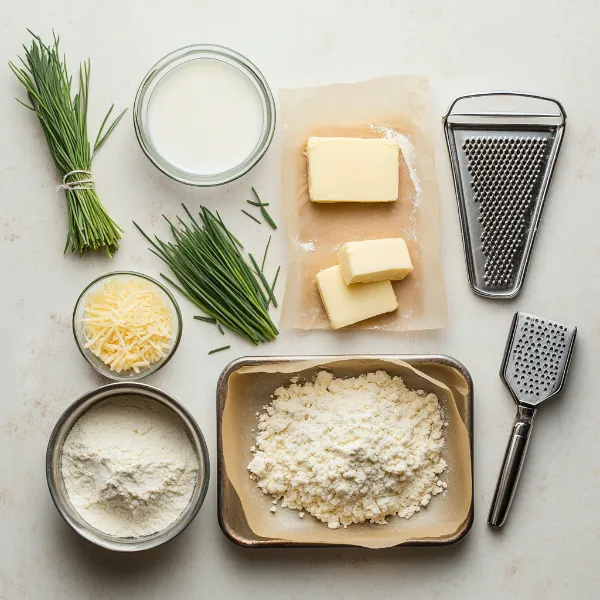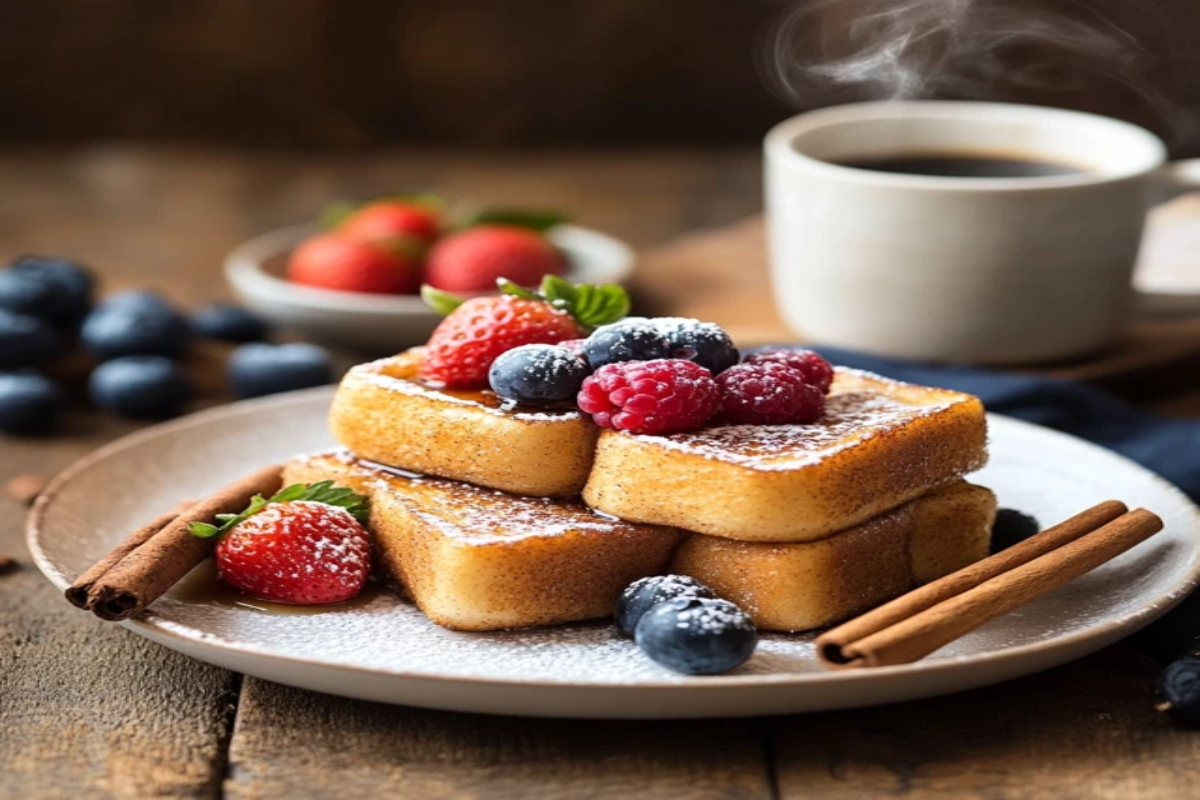Part 1: Introduction to Cheese Scones
What Are Cheese Scones?
Cheese scones are a savoury variation of the traditional British scone, made with grated cheese folded into a soft, buttery dough. Known for their rich flavour and fluffy texture, they are a cherished part of British baking tradition.
Unlike sweet scones often paired with jam and cream, cheese scones offer a savoury twist that complements a wide range of meals or snacks.,Best Ever Cheese Scones
Why Cheese Scones Are So Popular
Versatility as a Savoury Snack
Cheese scones are celebrated for their adaptability:
- Ideal as a standalone treat.
- Paired with soups, stews, or salads for a hearty meal.
- Enjoyed with tea as a comforting savoury snack.
Perfect Pairing with Soups, Teas, or as Standalone Treats
The combination of their golden crust and melt-in-your-mouth interior makes cheese scones a delightful addition to any occasion, from casual lunches to elegant teas.
Key Features of the Best Cheese Scones
- Light, Fluffy Texture: Achieved through proper handling of the dough and the right ratio of ingredients.
- Rich, Cheesy Flavour: Enhanced by using high-quality cheese.
- Golden Crust: A hallmark of perfectly baked cheese scones.
The Allure of Homemade Cheese Scones
Advantages of Making Them at Home
Homemade cheese scones allow you to:
- Use fresh, high-quality ingredients.
- Control flavours to suit your preferences.
- Enjoy the satisfaction of baking from scratch.
Customising Flavours and Ingredients
Add herbs, spices, or different types of this recipe to create scones that reflect your unique taste.
Part 2: Ingredients and Equipment
Essential Ingredients for Cheese Scones
- Self-Raising Flour: Provides the rise and lightness.
- Butter: Ensures a flaky texture.
- Grated Cheese: Cheddar, Red Leicester, or your favourite variety for a rich flavour.
Additional Flavours and Variations
- Mustard Powder or Cayenne: Adds a subtle kick.
- Herbs: Chives, parsley, or rosemary for an aromatic touch.
Dairy Choices
- Milk or Buttermilk: For binding and richness.
- Optional Cream: For an extra indulgent texture.
Equipment Needed
- Mixing Bowls: For combining ingredients.
- Pastry Cutter: For rubbing butter into flour.
- Grater: For finely shredding cheese.
- Baking Tray: For perfectly baked scones.

Part 3: Step-by-Step Preparation
Preparing the Dough
- Sift Dry Ingredients: Sifting flour ensures the dough is aerated for a light texture.
- Rub Butter into Flour: Use your fingertips to create a crumbly mixture.
Incorporating Cheese and Flavours
- Mix Grated Cheese: Ensure even distribution throughout the dough.
- Add Mustard or Herbs: Enhance flavour with subtle spice or aroma.
Adding Liquid
- Gradually add milk or buttermilk until the dough comes together.
- Aim for a slightly sticky but manageable consistency.
Shaping and Cutting
- Roll out dough to about 2.5cm thickness.
- Use a cutter for even-sized scones, ensuring clean edges for a proper rise.
Pre-Baking Preparation
- Brush tops with milk or egg wash for a golden finish.
- Sprinkle with extra cheese for added flavour.
Part 4: Baking and Serving
Baking Process
- Preheat Oven: Ensure it reaches the right temperature before baking.
- Bake Time: Typically 12-15 minutes at 200°C (180°C fan).
Signs of Perfectly Baked Cheese Scones
- Golden and slightly crisp tops.
- Soft, fluffy interior with a cheesy aroma.

Serving Suggestions
- Best Served Warm: With a dollop of butter.
- Pairing Ideas: Perfect with soups, salads, or afternoon tea.
Presentation Tips
- Arrange scones in a rustic basket or elegant platter.
- Garnish with fresh herbs or cheese crumbs for visual appeal.
Part 5: Variations and Adaptations
Cheese Choices
- Mature Cheddar or Stilton: For bold flavours.
- Mixed Cheeses: Combine varieties for depth.
Adding Vegetables
- Spinach or Caramelised Onions: Add texture and sweetness.
- Balance Moisture: Adjust flour if using high-moisture ingredients.
Gluten-Free Cheese Scones
- Use gluten-free flour blends.
- Adjust liquid ratios to account for different absorption.
Vegan-Friendly Options
- Dairy-Free Cheese: For the cheesy flavour.
- Plant-Based Milk and Butter: Maintain richness without dairy.
Part 6: Troubleshooting and Tips for Perfection
Common Issues and Solutions
- Dense Scones: Avoid overmixing the dough.
- Flat Scones: Ensure dough thickness and fresh raising agents.
Maintaining Moisture
- Prevent dryness by not overbaking.
- Handle dough lightly to retain fluffiness.
Achieving the Perfect Texture
- Balance butter and liquid for a tender crumb.
- Minimise handling to keep the dough light and airy.
Storing Cheese Scones
- Store at room temperature in an airtight container for 2-3 days.
- Freeze for longer storage and reheat in the oven to restore texture.

Part 7: Conclusion and Encouragement
Why These Are the Best Ever Cheese Scones
These scones combine the perfect light texture, rich cheese flavour, and a golden crust, making them an irresistible savoury treat.
Encouragement to Experiment
Personalise your scones with different cheeses, herbs, or spices to make the recipe uniquely yours.
Final Tips for Baking Success
- Use high-quality ingredients for the best flavour and texture.
- Enjoy the process of baking and sharing these delicious scones with friends and family.

